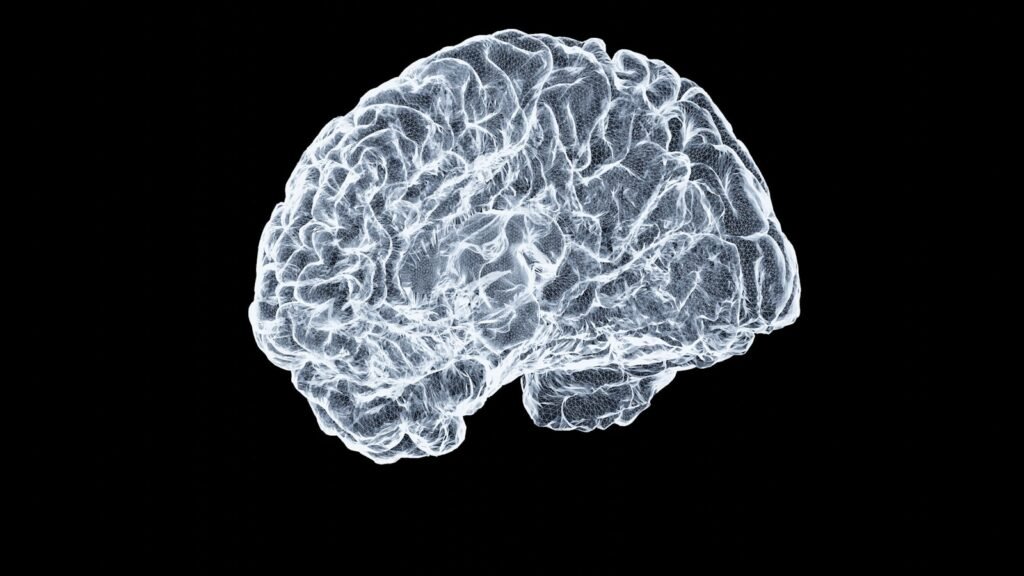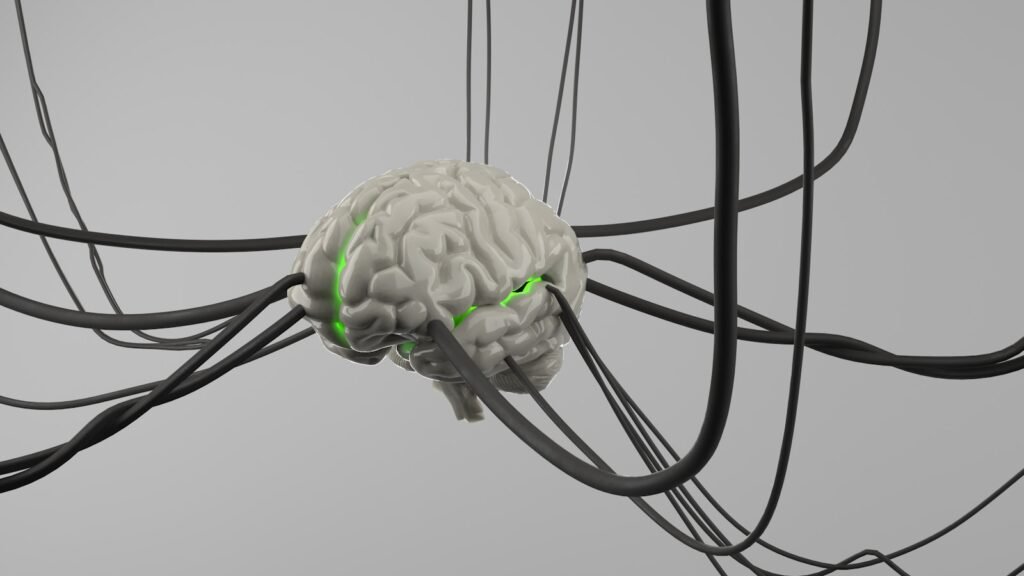Cancer research never sleeps. While we hear about the big names like chemotherapy and radiation, there’s a whole world of revolutionary treatments quietly making their way through labs and clinical trials. Some sound like science fiction, others work in ways that would have seemed impossible just decades ago. These aren’t your typical treatments that make headlines – they’re the cutting-edge approaches that could completely change how we think about fighting cancer.
CAR-T Cell Therapy Rewrites Your Immune System
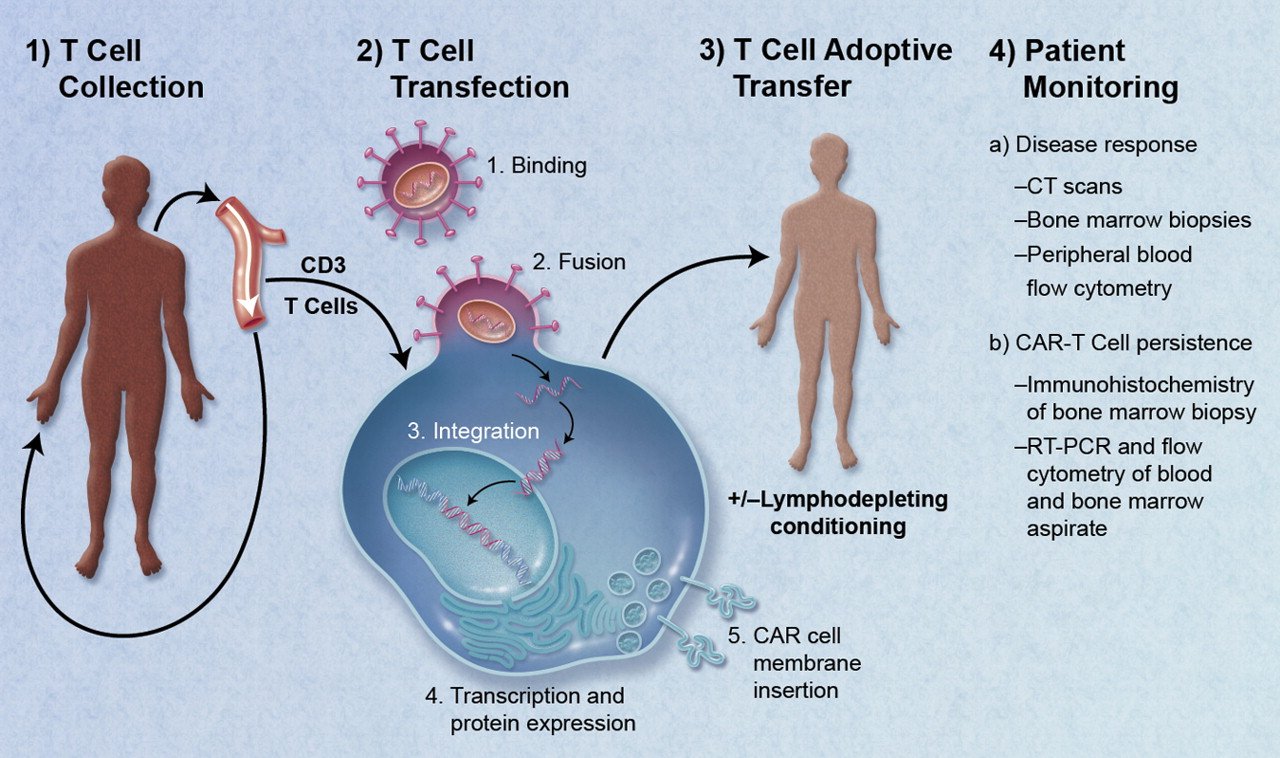
Imagine taking your own immune cells, giving them superpowers, and sending them back into your body to hunt down cancer cells with laser precision. That’s exactly what CAR-T cell therapy does, and it’s already saving lives in ways doctors thought impossible. Scientists extract T-cells from a patient’s blood, genetically modify them in the lab to recognize specific cancer markers, then multiply them by millions before infusing them back. These modified cells become like biological missiles, programmed to seek and destroy only the cancer cells while leaving healthy tissue alone. The results have been so dramatic that some patients with terminal blood cancers have gone into complete remission after all other treatments failed.
Oncolytic Viruses Turn Cancer’s Strength Against Itself

The idea sounds terrifying at first – deliberately infecting cancer patients with viruses. But these aren’t ordinary viruses; they’re specially engineered biological weapons that only attack cancer cells. These oncolytic viruses work like tiny Trojan horses, entering cancer cells and multiplying until the cell literally bursts from the inside. What makes this approach brilliant is that cancer cells have weakened defenses compared to healthy cells, making them perfect targets for viral infection. As the viruses destroy cancer cells, they also release tumor antigens that help the immune system recognize and attack remaining cancer cells throughout the body.
Liquid Biopsies Catch Cancer Before You Feel Sick

Traditional cancer screening often means uncomfortable procedures and waiting until tumors are large enough to detect. Liquid biopsies change everything by finding cancer through a simple blood test, sometimes years before symptoms appear. These tests detect circulating tumor DNA – tiny fragments that cancer cells shed into the bloodstream like molecular breadcrumbs. The technology is so sensitive it can identify a single cancer cell among millions of healthy ones, like finding a specific grain of sand on an entire beach. Some versions can even predict which treatments will work best for each patient’s unique cancer signature.
Photodynamic Therapy Uses Light as Medicine

Picture cancer treatment that works like a biological light switch – that’s photodynamic therapy in action. Patients receive special light-sensitive drugs that accumulate specifically in cancer cells, then doctors shine precise wavelengths of light on the tumor area. The light activates the drug, creating toxic oxygen species that destroy cancer cells from within while leaving surrounding healthy tissue unharmed. This approach works particularly well for cancers near the surface of the body or accessible through fiber optic cables, offering a gentler alternative to harsh chemicals or radiation. The treatment can be repeated multiple times without the cumulative damage associated with traditional therapies.
Tumor-Treating Fields Disrupt Cancer’s Division Process

Sometimes the most effective weapons are invisible. Tumor-treating fields use alternating electric fields to literally scramble cancer cells’ ability to divide and multiply. Patients wear special devices that generate these fields, which interfere with the molecular machinery cancer cells need for mitosis – their method of reproduction. Think of it like jamming a radio signal; the electric fields create enough interference that cancer cells can’t complete their division process and eventually die. This treatment works continuously, 24 hours a day, providing constant pressure on tumors without the side effects of traditional chemotherapy.
Synthetic Biology Creates Designer Cancer Killers
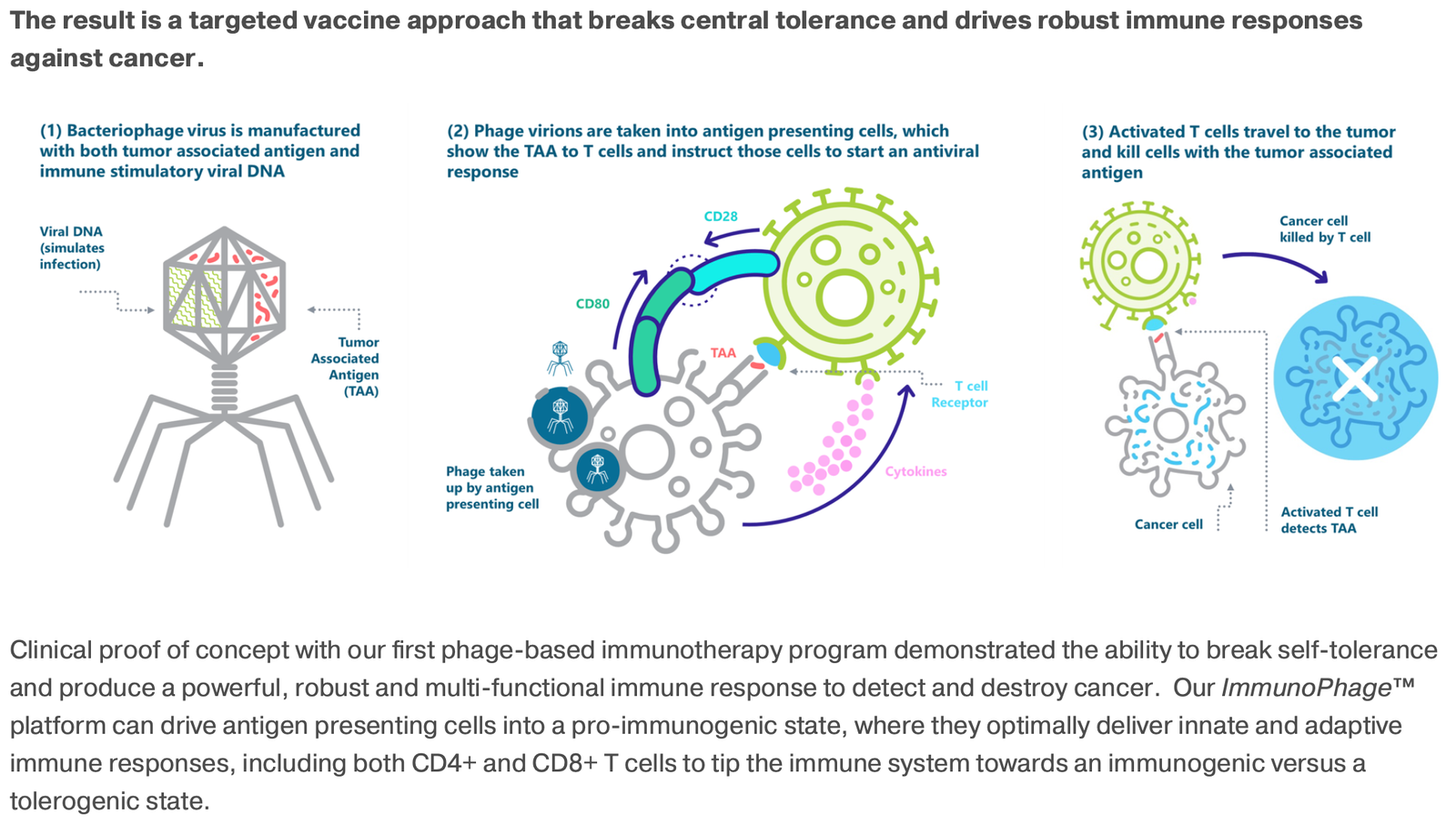
Scientists are now building entirely artificial biological systems from scratch to fight cancer – like constructing molecular robots with specific missions. These synthetic biology approaches can create custom-designed proteins, genetic circuits, and even whole cellular systems programmed to target cancer in unprecedented ways. Some researchers have developed synthetic gene networks that can sense multiple cancer markers simultaneously and only activate their deadly payload when all conditions are met. Others are creating artificial cells that can deliver drugs directly to tumor sites while avoiding healthy tissue completely.
Metabolic Reprogramming Starves Tumors to Death

Cancer cells are metabolic gluttons, consuming nutrients at rates that would kill normal cells. Scientists have discovered ways to exploit this weakness by reprogramming how tumors process energy and nutrients. Some approaches block specific metabolic pathways that cancer cells depend on but healthy cells can live without, essentially starving tumors while keeping the rest of the body nourished. Other techniques manipulate the tumor’s local environment to make it hostile to cancer cell survival. This strategy is particularly promising because it’s harder for cancer cells to develop resistance when their basic energy systems are under attack.
Epigenetic Editing Rewrites Cancer’s Instruction Manual
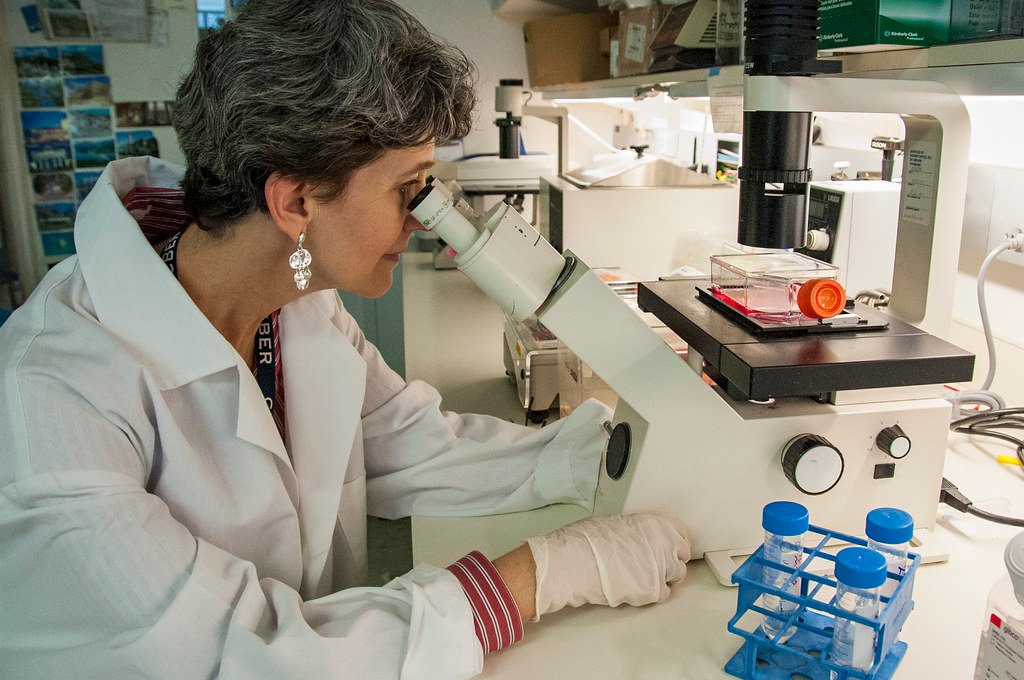
While gene therapy tries to fix broken genes, epigenetic editing changes how genes are read without altering the underlying DNA sequence. Think of it as editing the punctuation and formatting of a book rather than changing the words themselves. Cancer often results from genes being turned on or off at the wrong times, and epigenetic therapy can flip these switches back to their normal positions. Some treatments use specially designed molecules that can find specific gene regions and either activate tumor suppressor genes that have been silenced or shut down oncogenes that have been overactive.
Nanotechnology Delivers Precision Medicine

Nanoparticles smaller than viruses are revolutionizing how cancer drugs reach their targets. These microscopic vehicles can be programmed to navigate through the bloodstream, recognize cancer cells by their unique surface markers, and deliver their therapeutic cargo with pinpoint accuracy. Some nanoparticles are designed to release their drugs only when they encounter the acidic environment inside tumors, while others respond to external triggers like heat or light. This approach dramatically reduces side effects because healthy cells receive minimal exposure to toxic drugs that would normally circulate throughout the entire body.
Artificial Intelligence Predicts Treatment Success
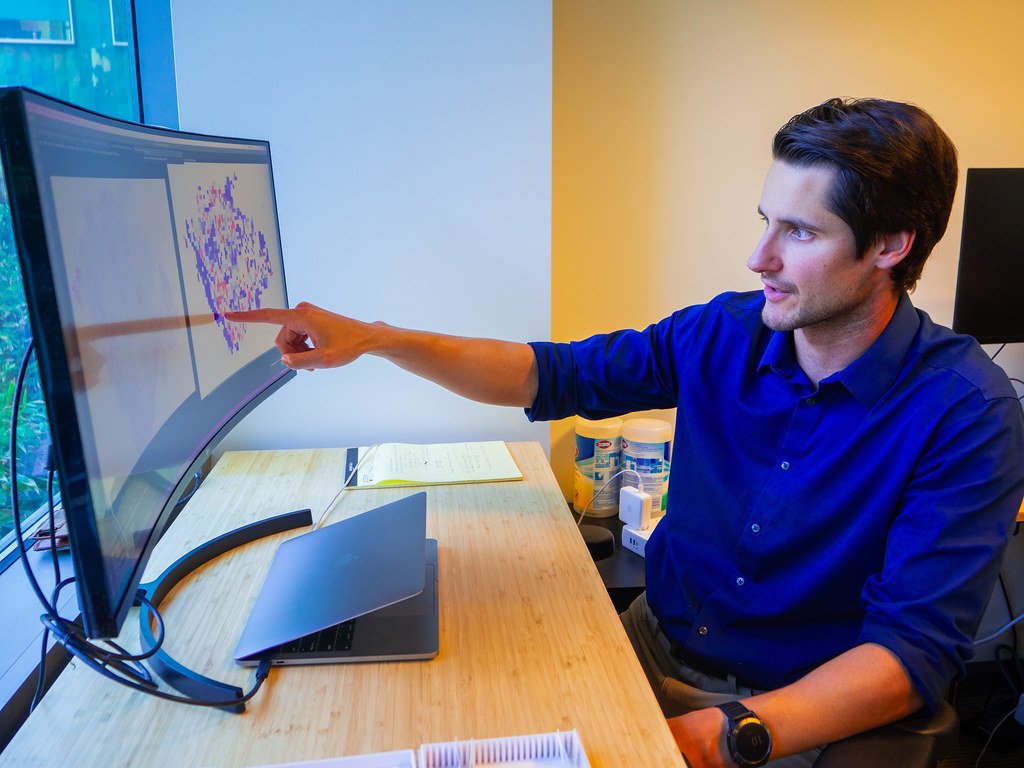
Machine learning algorithms are becoming crystal balls for cancer treatment, analyzing thousands of variables to predict which therapies will work best for individual patients. These AI systems can process medical images, genetic data, and treatment histories to identify patterns invisible to human doctors. They’re particularly powerful at analyzing tumor images to predict how aggressive a cancer will be or whether it will respond to specific treatments. Some AI systems can even simulate different treatment scenarios, helping doctors choose the most effective approach before starting therapy.
Immunotherapy Combinations Create Synergistic Effects

The next frontier in immunotherapy isn’t using one approach – it’s combining multiple immune-boosting strategies to create effects greater than the sum of their parts. Researchers are pairing checkpoint inhibitors with cancer vaccines, combining adoptive cell therapies with cytokine treatments, and mixing traditional chemotherapy with immune stimulants. These combination approaches can overcome the various tricks cancer uses to hide from or suppress the immune system. Early results suggest that carefully orchestrated combination therapies might be the key to making immunotherapy effective against solid tumors, which have been more resistant than blood cancers.
Tumor Microenvironment Manipulation Changes the Battlefield
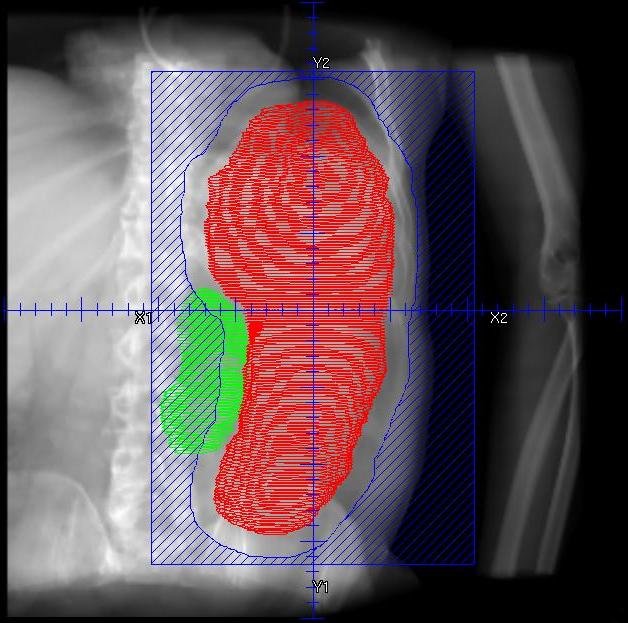
Cancer doesn’t exist in isolation – it creates its own ecosystem of supporting cells, blood vessels, and chemical signals. New treatments focus on disrupting this supportive microenvironment rather than attacking cancer cells directly. Some approaches target the blood vessels that feed tumors, cutting off their nutrient supply like a siege warfare strategy. Others reprogram the immune cells within tumors that have been turned into cancer allies, converting them back into cancer fighters. By changing the local environment around tumors, these treatments can make cancer cells more vulnerable to other therapies.
Biomarker-Guided Precision Increases Success Rates

Modern cancer treatment is moving away from one-size-fits-all approaches toward precision medicine guided by specific biomarkers. These molecular signatures can predict which patients will respond to particular treatments, allowing doctors to choose therapies with the highest probability of success. Some biomarkers reveal whether a tumor will be sensitive to specific drugs, while others indicate which patients are likely to experience severe side effects. This precision approach not only improves outcomes but also prevents patients from enduring ineffective treatments that might cause unnecessary suffering.
Circadian Rhythm Therapy Times Treatment Perfectly

Your body’s internal clock doesn’t just control when you sleep – it also influences how cancer cells behave and how well treatments work. Chronotherapy leverages these natural rhythms by timing cancer treatments to coincide with periods when they’ll be most effective and cause the least harm to healthy cells. Research shows that the same dose of chemotherapy can be twice as effective and half as toxic when given at the optimal time of day. Some cancer cells are more vulnerable to treatment during specific phases of the circadian cycle, while healthy tissues are more resistant during certain hours.
3D Bioprinting Creates Living Cancer Models

Scientists are now printing three-dimensional models of tumors using actual cancer cells, creating living replicas that behave like real tumors. These bioprinted models allow researchers to test treatments in conditions that closely mimic what happens inside the human body, rather than relying on flat cell cultures that don’t capture the complexity of actual cancers. The technology enables personalized drug testing, where doctors can create models of a patient’s specific tumor and test multiple treatments to find the most effective approach before starting therapy. This could revolutionize how we develop new cancer drugs and choose treatments for individual patients.
Gene Drive Systems Prevent Cancer Before It Starts
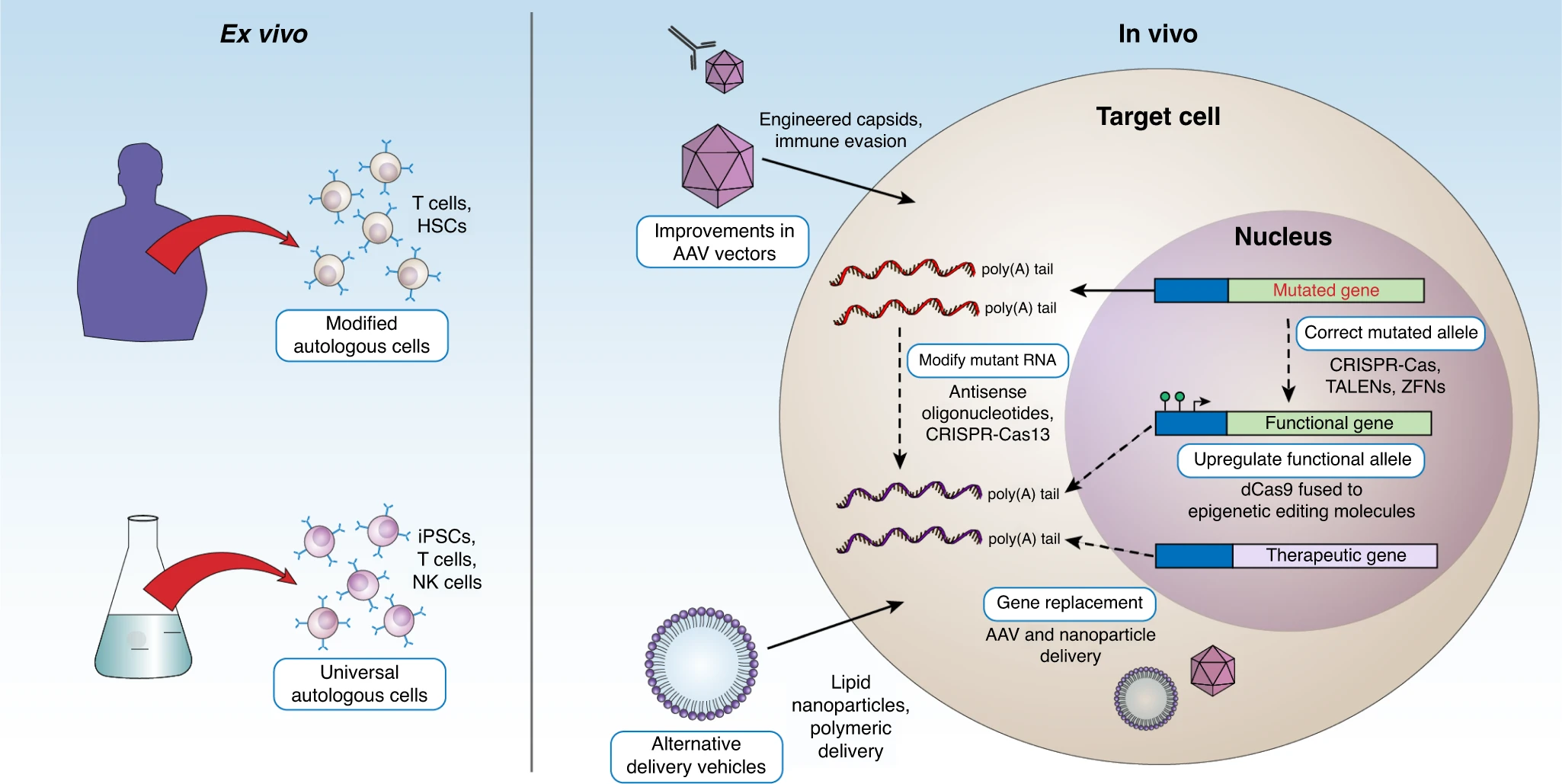
The ultimate cancer breakthrough might not be treatment at all – it could be prevention through genetic engineering. Scientists are developing gene drive systems that could theoretically eliminate cancer-causing mutations from entire populations over generations. While still highly experimental and ethically complex, this approach could involve introducing beneficial genetic modifications that spread through populations naturally. Some researchers are exploring ways to enhance natural DNA repair mechanisms or introduce genes that provide superior cancer resistance. Though this technology is still in its infancy, it represents the possibility of making cancer a disease of the past rather than something we fight after it develops.
These revolutionary approaches represent just the beginning of a new era in cancer treatment. Each breakthrough builds on decades of research, yet many remain unknown to the public despite their incredible potential. The convergence of biology, technology, and artificial intelligence is creating possibilities that seemed like fantasy just years ago. As these treatments move from laboratories to clinics, they’re not just offering new hope – they’re fundamentally changing what it means to have cancer. Will we look back on today’s standard treatments the way we now view medieval medicine?

